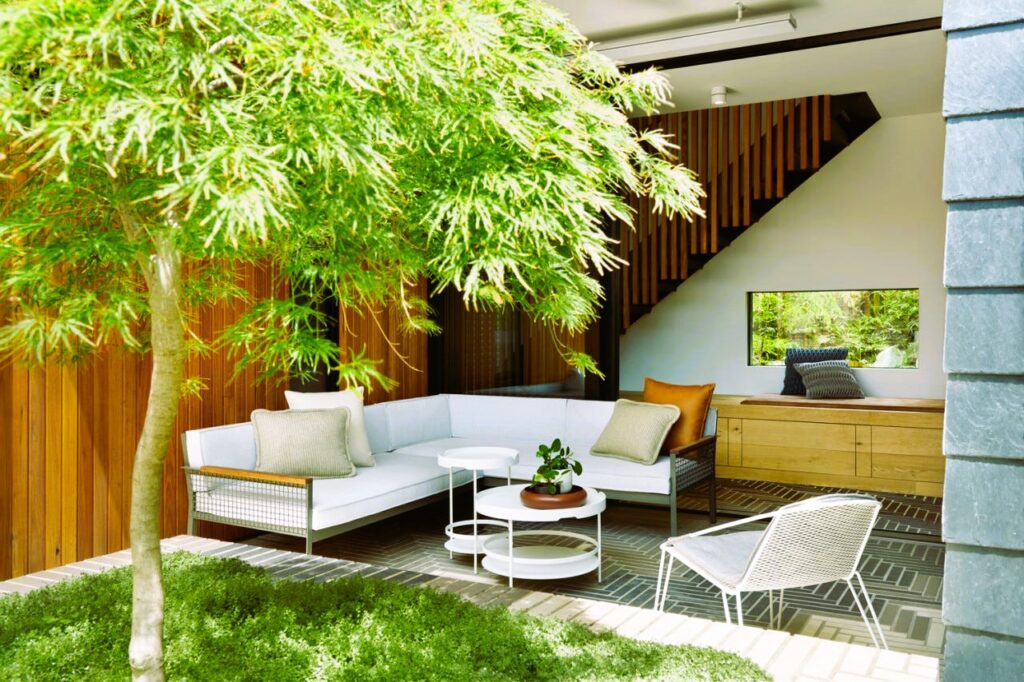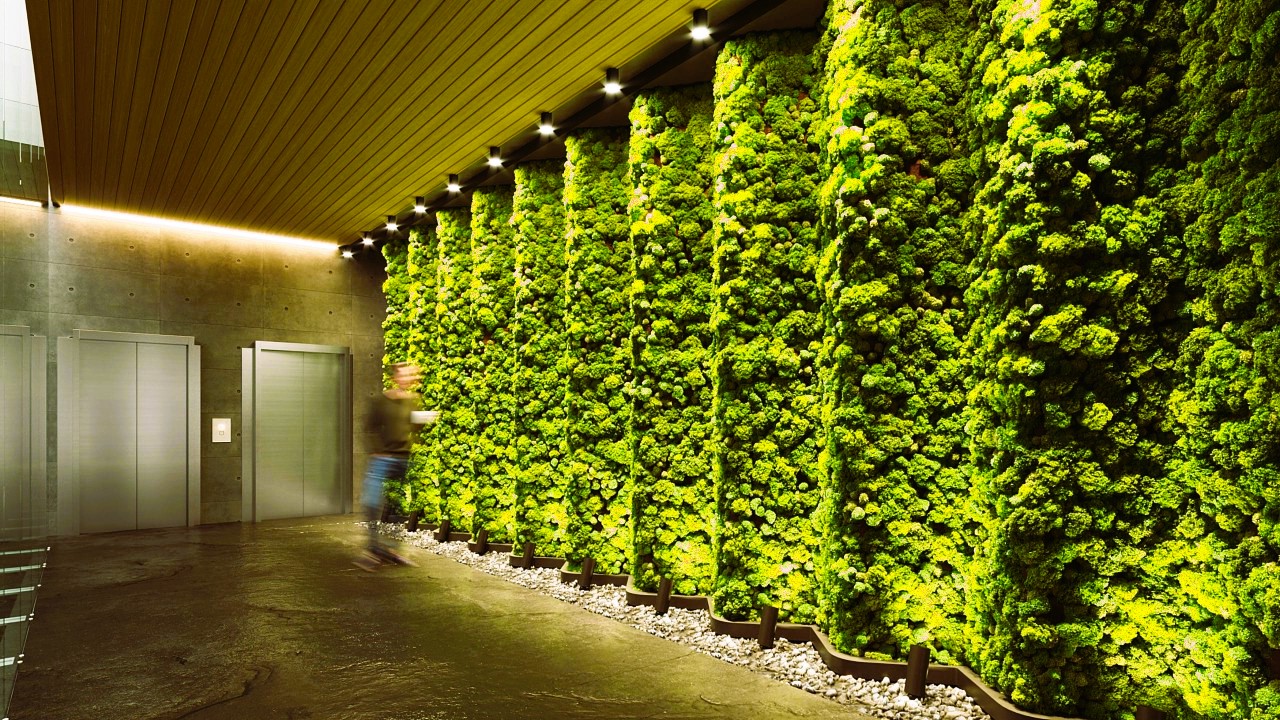In the fast-paced and technology-driven world we inhabit, there is a growing recognition of the importance of reconnecting with nature, not only for our physical well-being but also for our mental and emotional health. Biophilic design, a concept that emphasizes the integration of nature into the built environment, has emerged as a transformative approach to architecture and interior design. This article explores the principles of biophilic design, its benefits, and practical ways to incorporate it into your living spaces.
Understanding Biophilic Design:
Biophilic design is rooted in the idea that humans have an innate connection with nature, and integrating natural elements into our surroundings can enhance overall well-being. It goes beyond simply adding plants to a space; it encompasses a holistic approach that incorporates natural materials, patterns, and views, creating environments that mimic the qualities of nature.
Link: Learn more about Biophilic Design on Wikipedia.
Key Principles of Biophilic Design:

- Natural Light and Ventilation: Maximizing access to natural light and ventilation creates a sense of openness and connection to the outdoors. Large windows, skylights, and operable windows allow for ample daylight and fresh air, promoting a healthier indoor environment.
- Greenery and Plant Life: Incorporating plants and greenery into interior spaces not only enhances aesthetics but also improves air quality and reduces stress. Living walls, potted plants, and indoor gardens bring the refreshing vitality of nature into our daily lives.
- Natural Materials and Textures: Choosing natural materials such as wood, stone, and bamboo for flooring, furniture, and decor adds a tactile connection to the natural world. The use of textures reminiscent of natural elements creates a sensory experience that resonates with our primal connection to the environment.
- Water Features: The sound and sight of water have a calming effect and can be incorporated through features like indoor waterfalls, fountains, or even aquariums. Water elements add a dynamic and soothing dimension to interior spaces.
- Biomorphic Forms and Patterns: Integrating organic shapes and patterns in design elements, such as furniture and decor, echoes the randomness found in nature. This can include furniture inspired by natural forms or patterns reminiscent of leaves and branches. Read our tips for designing a cozy apartment.
Benefits of Biophilic Design:
- Enhanced Well-being: Exposure to nature has been linked to reduced stress, improved mood, and increased overall well-being. Biophilic design brings these benefits into indoor spaces, creating environments that contribute to mental and emotional health.
- Increased Productivity: Incorporating natural elements in the workplace has been shown to boost productivity and creativity. Employees in environments with biophilic design report higher levels of satisfaction and lower stress levels.
- Improved Air Quality: Indoor plants act as natural air purifiers, removing pollutants and enhancing air quality. This contributes to a healthier living environment, particularly in urban settings with limited access to fresh outdoor air.
- Connection to the Outdoors: Biophilic design fosters a sense of connection to the natural world, even in urban environments. This connection is essential for individuals who may not have regular access to outdoor green spaces.
Practical Tips for Incorporating Biophilic Design:

- Create Green Zones: Designate specific areas for plant installations, whether it’s a dedicated corner with potted plants or a larger space with a living wall. Green zones bring a touch of nature into any room.
- Embrace Natural Light: Maximize natural light by choosing window treatments that allow sunlight to filter through. Consider removing heavy curtains or using sheer fabrics to enhance the connection to the outdoors.
- Choose Natural Materials: Opt for furniture and decor made from natural materials. Wooden furniture, stone countertops, and natural textiles create a warm and inviting atmosphere.
- Introduce Water Elements: If space allows, incorporate water features such as tabletop fountains or indoor ponds. The soothing sound of water can add a calming and reflective element to your environment.
- Incorporate Biophilic Art: Choose artwork that reflects natural scenes or features organic patterns. This could include paintings of landscapes, botanical prints, or sculptures inspired by nature.
Biophilic Design in Urban Planning:
Beyond individual homes, the principles of biophilic design are increasingly influencing urban planning and architecture. Incorporating green spaces, rooftop gardens, and natural elements into urban environments promotes sustainability, reduces the urban heat island effect, and enhances the overall quality of life for city dwellers.
Incorporating biophilic design principles into your living spaces is a transformative journey toward creating environments that promote well-being, productivity, and a connection to the natural world. From the smallest indoor plants to architectural elements that maximize natural light, each addition contributes to a holistic and harmonious living environment. As we continue to explore innovative ways to enhance our homes and workplaces, the timeless wisdom of bringing nature indoors remains a cornerstone of design excellence. Embrace biophilic design, and let the beauty of nature flourish within your living spaces.
